The 20th century encompasses some of the most momentous events in British history. From the extravagant Edwardians to two world wars and from an unrivalled Empire to Royal abdication, it has seen sacrifice, success, upheaval and rejuvenation.
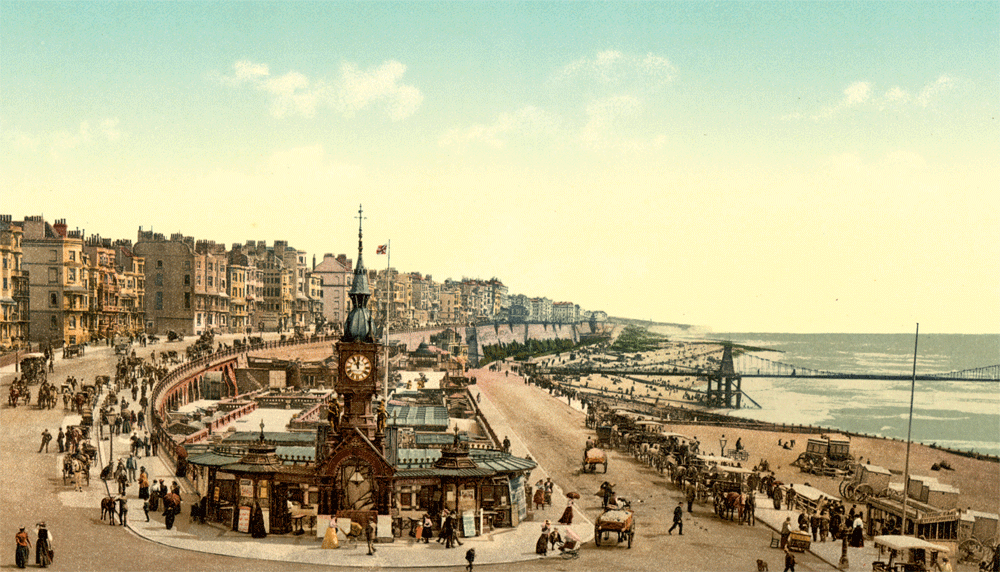
It is easy to view the death of Queen Victoria in 1901 as signalling a turning point: the apogee of Britain’s fortunes and Empire before the harsh modern realities of the 20th century brought decline. But at the time, though the nation was plunged into mourning, the new King Edward VII and his contemporaries believed that this “Land of Hope and Glory” would continue on its gilded path to greater things. Viewers of the period TV series Downton Abbey will have glimpsed the sumptuous confidence of the Edwardian upper classes – and the apocalypse to come.
Edwardian Britain
The Edwardian era spanned just nine years, from 1901 to 1910, but evoked a last age of gentility, fun and exuberance. Edward – known as Bertie to his family – had already set the pace as a playboy Prince of Wales and neither marriage to Princess Alexandra of Denmark in 1863, nor kingship from 1901, dampened his boisterous spirits. His gambling and dalliances, including with the actress Lillie Langtry, have become the stuff of legend. The country nevertheless warmed to their fun-loving King Edward at a time when theatres and opera houses, seaside piers and pleasure pavilions were the height of fashionable entertainment.
Not that it was all song and dance. Liberal Party government saw the introduction of old age pensions and National Insurance, building the foundations of the Welfare State. Stirrings of social revolution were also underway with the creation of the Suffragette Movement that would help to win the vote for women over the age of 21 some two decades later.
Edward, already in his sixties when he came to the throne, could be serious too and his schmoozing on behalf of Britain in France was a crucial factor in clinching the Entente Cordiale that ended centuries of intermittent conflict. Unfortunately, however, tensions with Germany and his nephew Kaiser Wilhelm II remained unresolved.
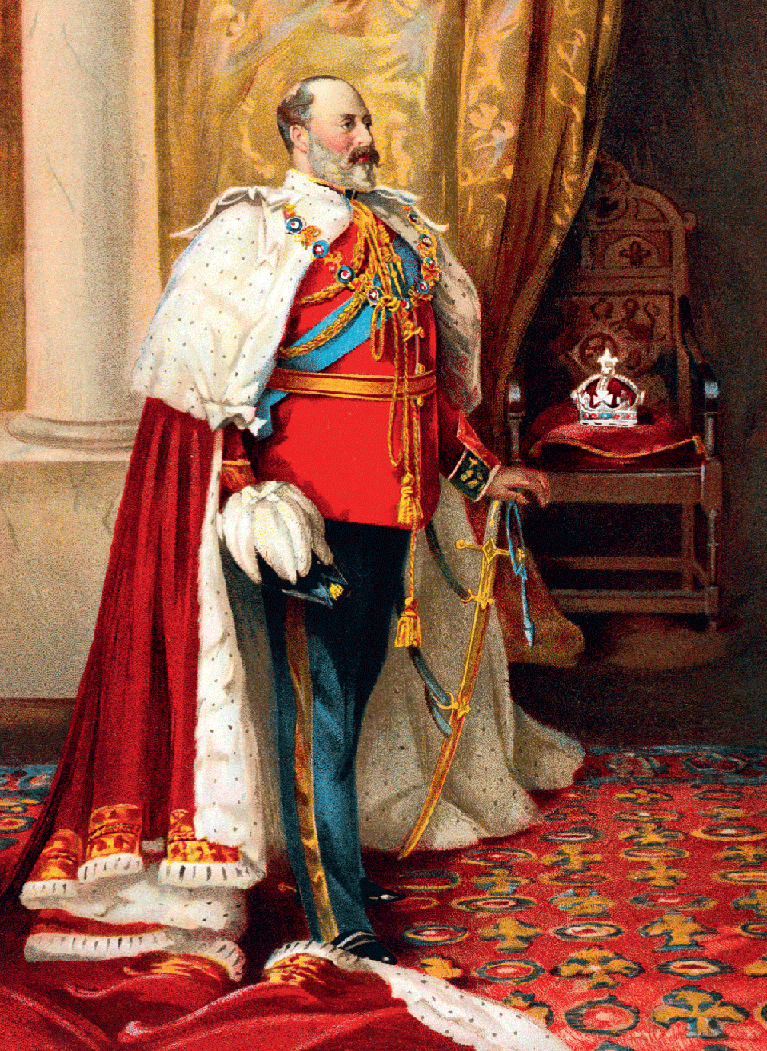
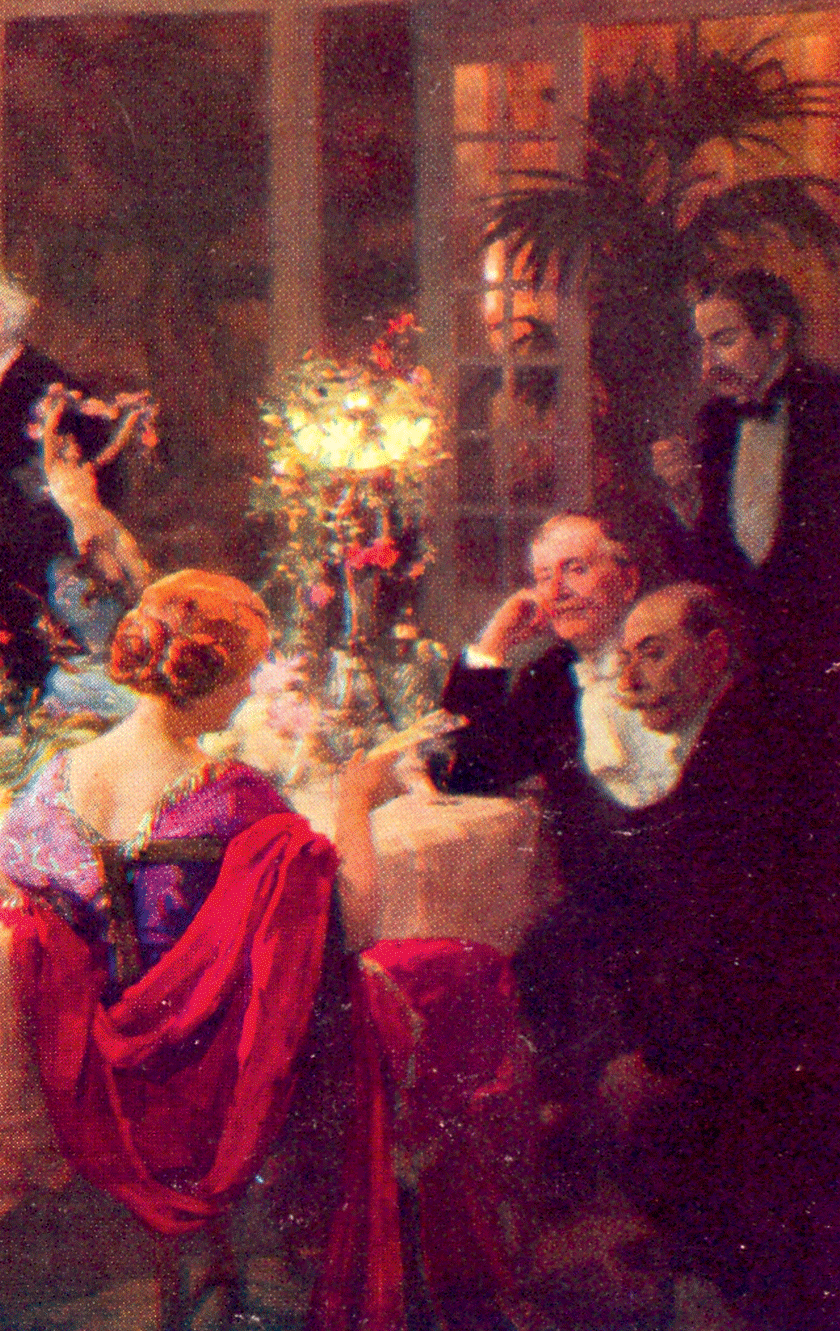 1902 portrait of Edward VII in his coronation robes / After Supper circa 1905 © Alamy/Wikipedia
1902 portrait of Edward VII in his coronation robes / After Supper circa 1905 © Alamy/WikipediaThe Great War
The gathering clouds of war finally broke in the reign of Edward’s second son, George V (1910–36), who had become heir apparent after his elder brother, Albert, died nearly two decades earlier. The First World War (1914–18) not only wreaked horrifying carnage across Europe, but it also marked the final wrench away from the Victorian world.
The “Great War” between the triple alliance of France, Russia and Britain, and the central powers led by Germany and Austria-Hungary, came to symbolise senseless slaughter on a scale unknown in Europe: the intractable trench warfare of Flanders, and repeated fights over the same inches of terrain in the Marne, the Somme and Ypres. “If I should die, think only this of me,” wrote the soldier-poet Rupert Brooke: “That there’s some corner of a foreign field/That is forever England.” Like millions of combatants on all sides, he did not return home.
George V visited troops in France and Belgium, as well as the Grand Fleet, showing himself a genuine patriot, and in 1917 at the height of public anti-German feeling he judiciously changed the Royal Family’s name: from the Teutonic-sounding Saxe-Coburg-Gotha inherited from his grandfather Prince Albert, to Windsor – altogether more acceptably British.
War eventually ended as US troops joined the battle and the Allies gained the upper hand. But the repercussions continued for years, not least in the changed social climate in Britain where the old order had been dramatically shaken.
Women – so vital to the war effort on the Home Front – were given voting rights, and independence was granted to the Irish Republic. A volatile spirit ran through the 1920s and 1930s: epitomised on the one hand by the devil-may-care joys of jazz and the Charleston, and bob-haired young ‘flappers’ who cast aside traditional female roles. On the other was the gloom of the 1926 General Strike, the Depression and the desperate Jarrow Crusade of 1936 when 200 shipyard workers marched to Parliament in London to highlight unemployment and poverty.
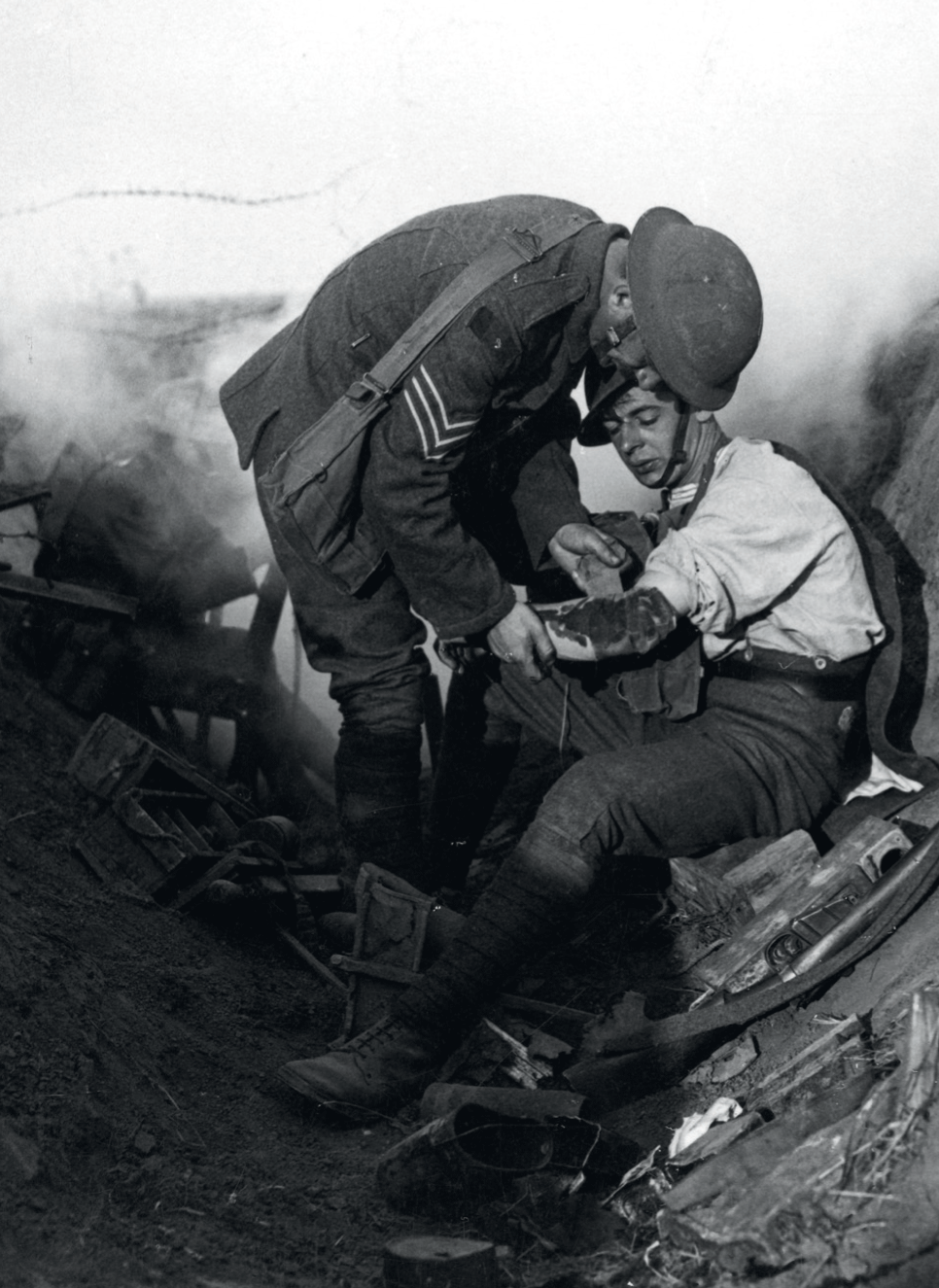
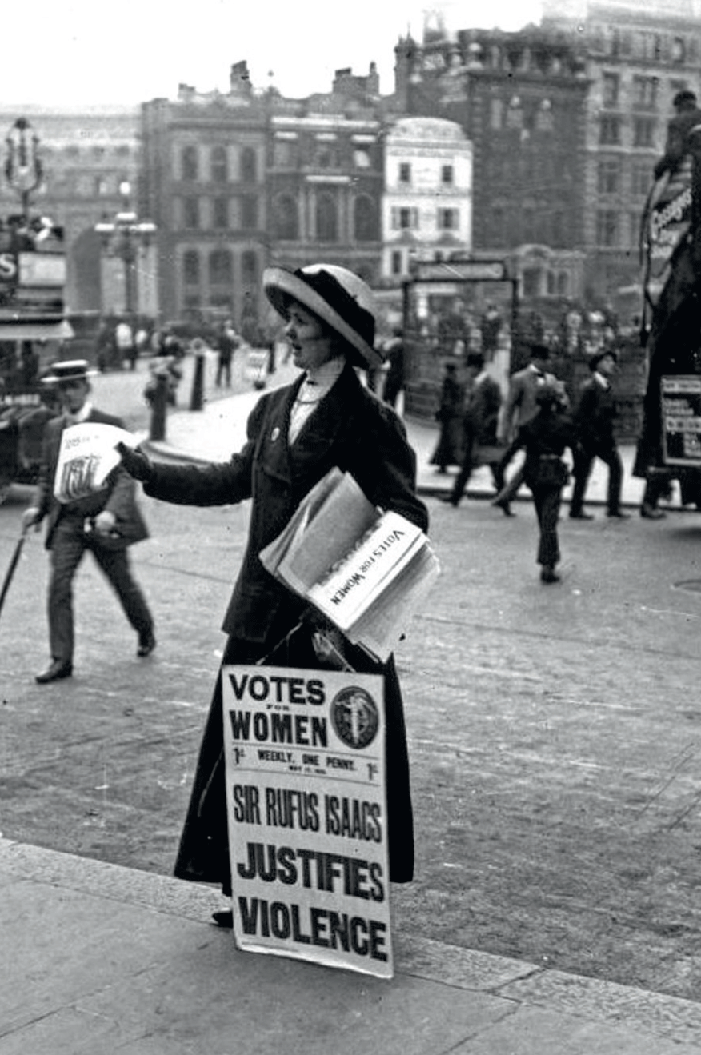
Royal tensions
George V, shy and solitary by nature, is sometimes portrayed as hiding away on the royal estate at Sandringham where he liked nothing better than to pore over his collection of stamps from the British Empire. Yet the King was sufficiently in touch to encourage the idea of a National Government – realised in 1931 – to tackle the country’s problems. And in 1932, hoping to draw people together, he innovated the first of what later became annual Christmas Day broadcasts to the nation, bringing royalty into the homes of ordinary people in unprecedented fashion.
George’s heir, the future Edward VIII, was more akin in temperament to his grandfather than his rather distant father. A lover of the good life, he was also a crowd pleaser with star quality. But by the time George died in 1936, Edward was already embroiled in a romance with the twice-married American Mrs Wallis Simpson and he intended to marry her, despite the constitutional crisis it would explode.
In the end the situation was resolved with brutal swiftness when Edward chose abdication, famously declaring, “I have found it impossible to carry the heavy burden of responsibility and to discharge my duties as King as I would wish to do without the help and support of the woman I love.” The pair married and Edward lived out his life as the Duke of Windsor.
The affair had threatened to undermine the throne and Edward’s younger brother, Albert Frederick Arthur George, was now thrust into the limelight. The hit film The King’s Speech reveals the behind-the-scenes story of Bertie’s shyness and debilitating stammer, yet this unlikeliest of heroes pluckily took up his duty – immeasurably supported by his wife Elizabeth. The coronation date planned for Edward stood, but it was Bertie who appeared; notably he chose the title George VI, in an attempt to stress continuity from his father.
George VI’s reign (1936–52) could so easily have been a disaster. Instead, the new King set about restoring the monarchy’s reputation and offering a solid image of royal family life that included two beloved daughters, Elizabeth and Margaret Rose.
During the Second World War George also proved courageous, raising morale on travels from the bomb- damaged East End of London to North Africa. When Buckingham Palace suffered a direct hit during the Blitz, his wife doughtily observed, “Now we can look the East End in the face.”
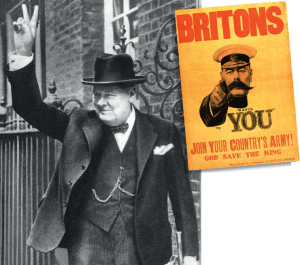
WWII and post-war Britain
Another hero of those dark hours, of course, was Winston Churchill, leader of the wartime coalition Government. With his rhetoric, British bulldog spirit, iconic V for victory sign and cigar, he inspired the nation to its greatest efforts. You can visit London’s Churchill Museum and Cabinet War Rooms for a spine-tingling evocation of the period and relive the planning of the dramatic evacuation of Dunkirk at The Secret Wartime Tunnels of Dover Castle. Kent Battle of Britain Museum commemorates the airborne heroism of “the Few” and Portsmouth’s D-Day Museum reveals the story of the Normandy landings, one of the turning points on the way to the Allied victory concluded in 1945.
George VI lived long enough to open the Festival of Britain in 1951, which sought to encourage the country’s recovery from war. But the following year he succumbed to failing health. His 25-year-old daughter, Elizabeth, came to the throne on a swell of popular goodwill, largely due to George’s dutiful record.
Queen Elizabeth II quickly proved herself a dedicated successor and has become the most travelled monarch in British history, particularly passionate about her role as Head of State of the Commonwealth realms that grew from Britain’s vanished Empire. At home she undertakes 430 or so public engagements a year and she is patron of more than 600 charities and organisations.
In an age that has dispensed with unquestioning deference, the Royal Family has been subject to unprecedented scrutiny, with the divorces of the Queen’s children – Charles, Andrew, Anne – splashed across the media. The perceived lack of immediate public royal reaction to the death of Princess Diana in 1997 also raised vociferous comment, marking a true low point in the Queen’s popular standing. Through it all Her Majesty has continued with a singular sense of duty.
The survival of the monarchy has always been about adapting to the times and it will be for the future to judge the Queen’s reign in perspective. One thing is certain: the Diamond Jubilee this year will be a deservedly glittering occasion to celebrate someone who has put public service first and fulfilled the role of figurehead of the nation with rock-like dependability.
Related articles
Discover lots more historical features in every issue of BRITAIN magazine
Click here to subscribe!

10 facts about Britain’s heroes and heroines

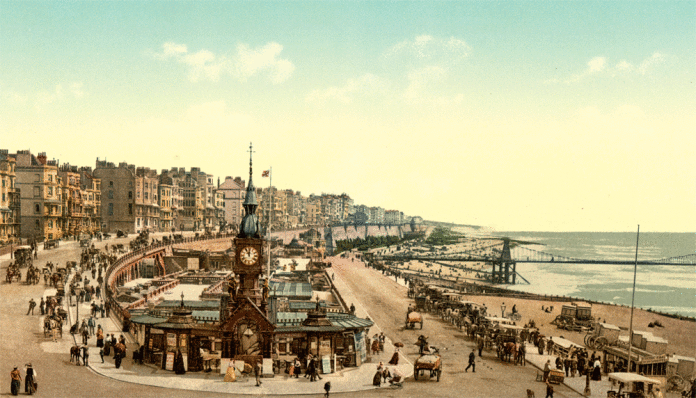




 © 2024
© 2024